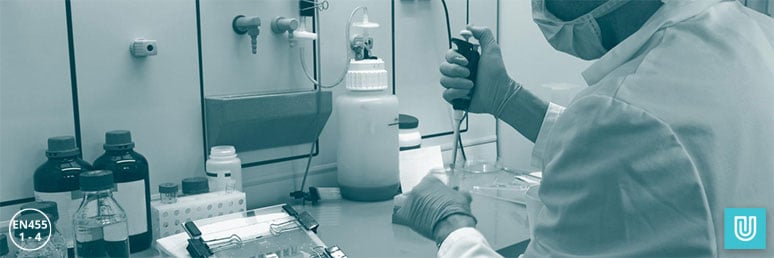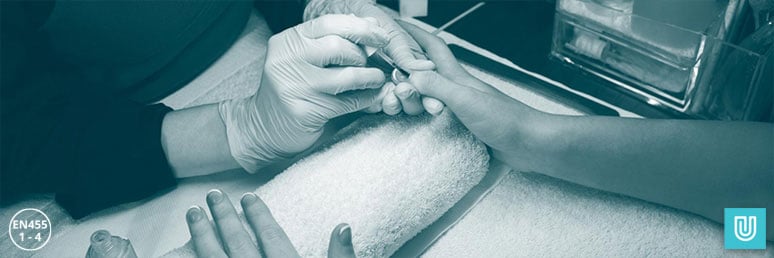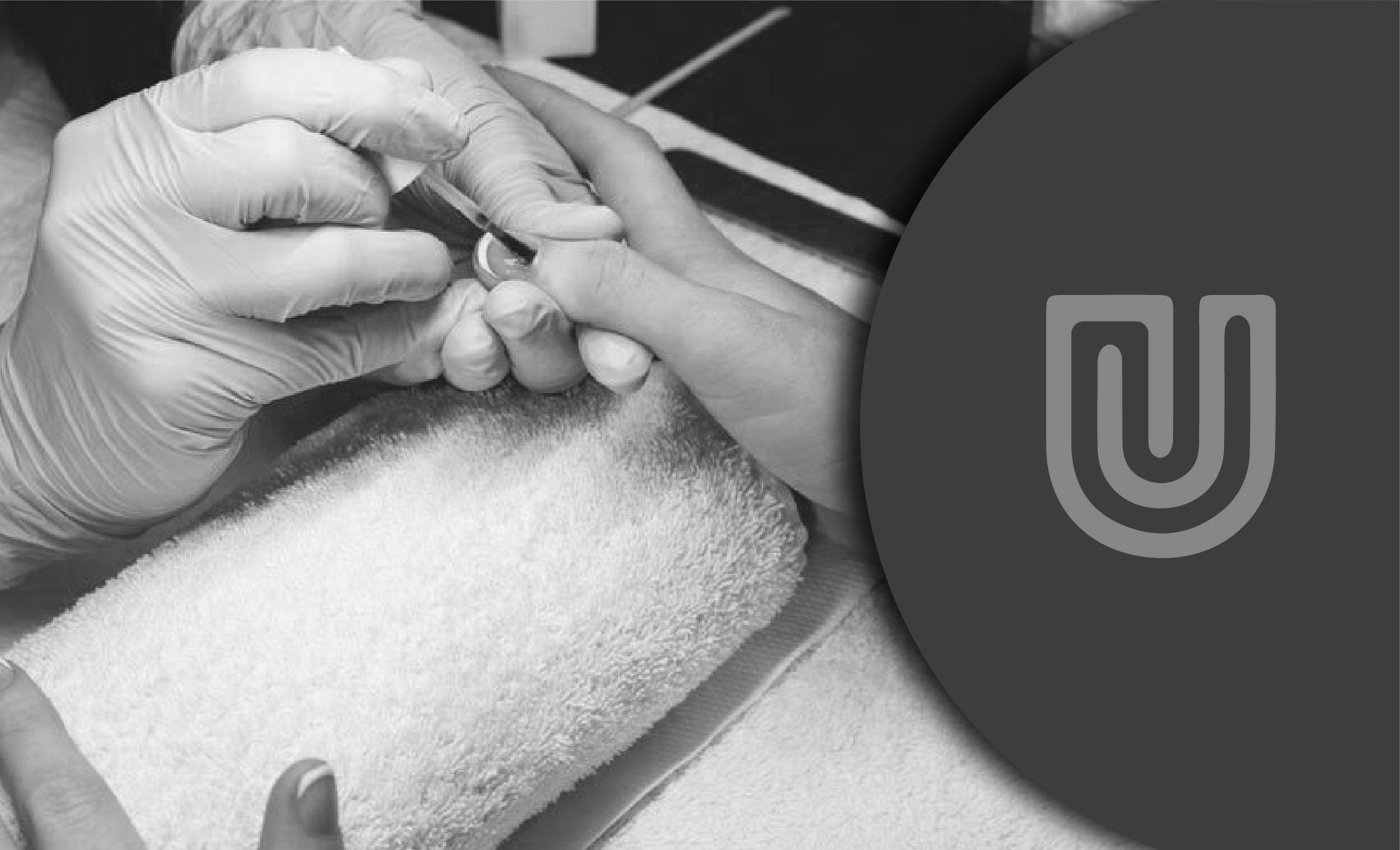A hole-in-one may be the ultimate aim for golfers, but for medical staff who routinely wear gloves to conduct examinations, it can spell disaster.
A hole in a medical glove worn by a medical practitioner can expose them and their patients to such hazardous substances as micro-organisms and bodily fluids. That’s why it’s essential that doctors, nurses and other medical professionals wear work gloves that help protect them and keep their patients safe from cross-contamination.
The standard governing medical gloves for single use is EN455. Consisting of four parts it includes requirements and test methods for latex gloves, nitrile gloves and vinyl gloves – both surgical gloves and examination gloves. The vast majority of the single-use gloves manufactured by Unigloves – including, the Advanced range of best-quality, supremely comfortable disposables – conform to EN455.
Testing for freedom from holes under EN455
Part 1 of the standard covers the requirements and testing for freedom from holes. In a standard water-leak test a sample glove is filled with a litre of water to test for pinprick holes. To pass the test, the sample glove must achieve an acceptable quality limit, or AQL, of a minimum of 1.5. You could think of this as a percentage, in which case it would mean that less than 1.5% of gloves in a production batch may have defects. The lower the AQL level, the fewer pinholes were found in the sample tested.
The Unicare range of medical-grade single-use gloves features a number of latex gloves, nitrile gloves and vinyl gloves that have an AQL of 1.5 and therefore meet the requirements of EN455. Stronghold and Stronghold+ disposable nitrile gloves, meanwhile, have an AQL of 0.65 – an ultra-low level that means they exceed the requirements for pinholes in examination gloves.

Testing for physical properties
Part 2 of EN455 covers the requirements and testing for the dimensions of the gloves and for the force required to break through the glove material. Examination gloves must have a minimum median length of 240 mm. Also, they mustn’t tear too easily – a particular problem with medical gloves, which have to be very thin in order to ensure dexterity and comfort for the wearer. This is why they are tested for force at break, i.e., the point at which the material fails while being stretched on a special machine.
For examination gloves made of rubber, such as latex gloves and nitrile gloves, the minimum force required to break the material is 6.0 Newtons.
For vinyl gloves, it is 3.6 Newtons.
Testing for biological contamination
Part 3 of EN455 covers the requirements and testing for biological contamination, which can affect the glove wearer or be transferred to patients. It can be caused by:
- latex proteins – present in natural rubber latex and capable of causing a severe allergic reaction in sensitive people; and
- chemical residues – left over from the glove manufacturing process.
Tests for powder residue in gloves that are claimed to be powder free are also carried out under this part of the standard. Powdered gloves have (usually) corn starch added to them, to make them easier to put on. However, if worn for a long time, the powder can stick to the wearer’s skin.
To be classed as powder-free, a medical glove must not have a powder level of more than 2 mg per glove. Powder free and latex free gloves in the Unigloves range that are certified to EN455 include Pearl and Unicare nitrile examination gloves.

Testing for shelf life
The final part of EN455, Part 4, covers the requirements and testing for determining the shelf life of medical gloves for single use. Under it, a series of tests are carried out to determine how long a glove can be stored before it becomes unfit for use. The maximum shelf-life that can be claimed for medical gloves is five years from the date they were manufactured.
Gloves should comply with all four parts of the standard. Products that conform to EN455 are CE-marked under the Medical Devices Regulation. Unigloves offers a wide selection of EN455-compliant, single-use, medical-grade gloves for use in the healthcare, dentistry, veterinary, and tattoo and piercing sectors. Browse the various ranges or contact our team to find your nearest distributor.
To learn more about EN standards as they relate to protective gloves, download our Glove EN Standards Guide.


